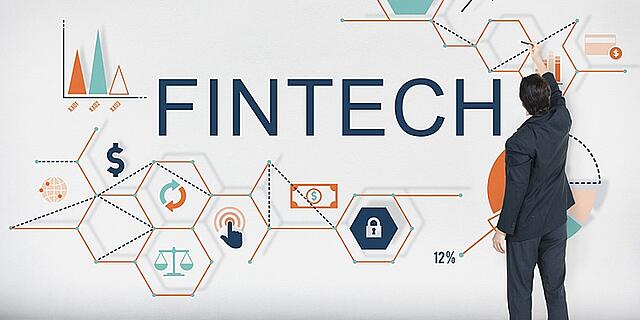Technology in the financial sector, otherwise known as fintech, has matured at an impressive rate in recent months. Much of this progress can be directly attributed to growing interest from brick-and-mortar banks. In fact, these pillars of the financial sector have raised $14.6 billion in venture capital last year for a tech movement that some thought might herald the end of traditional banking. Despite the sometimes contentious relationship, banks are clearly seeing promise in financial technology as it continues to evolve. With that in mind, here are a few ways banks are currently using this innovative technology.
1. Virtual Tellers
Operating bank branches is an expensive aspect of traditional banking institutions – one that many wouldn't mind phasing out. Unfortunately, speaking face-to-face with a trusted banking advisor is paramount to personal banking and one of the main reasons for the existence of satellite branches.
Some intrepid organizations however are using financial technology to provide the same face-to-face service without the need for a physical presence. Wells Fargo has been exploring video call technology in a pilot program that allows customers to speak face-to-face with bank employees from the comfort of their living room. Though relegated to home equity services in pilot form, the program's popularity has Wells Fargo considering options to roll out the feature to other customers.
Related Article: Secure FTP Helps Financial Giant Adhere to SOX
2. Real-Time Data
In today's online world, we've come to take for granted the speed in which we get information. The banking world, unfortunately, is not quite as quick.
One adventurous owner of a 124-year-old bank has taken cues from the fintech movement to get his operations up to speed. Suresh Ramamurthi of Citizens Bank of Weir (CBW) has been leveraging fintech and his Google background to bring greater transparency to the disparate nature of legacy systems. In doing so, he built a fintech platform from scratch which abstracts customer metadata from financial data silos, therefore granting a much better perspective of information channels. This enhanced transparency then enables his bank to gather real-time information and, with the help of fintech partners, instant payments.
3. Machine Learning
In an attempt to stay one step ahead of cybercriminals and provide a better user experience to loyal customers, banks are increasingly turning to A.I. and blockchain technology. Part of the larger challenge faced by traditional banks in this area is the transmission, authentication and accuracy of financial data. Such banks are looking at financial technology to overcome these challenges in a secure and speedy manner.
Blockchain is one such technology that allows banks to resolve transactions securely and in real time with the use of distributed ledgers. Machine learning is also emerging as a financial-technology solution to provide automated resolution of customer questions and spot suspicious activity before damage is done. All of which leads to a faster, more secure service.
Remote banking, data transparency and safe, secure interactions are all ways in which traditional banks are innovating with the help of fintech. As the technology continues to mature and evolve, the way we interact and use our money may change as well.
